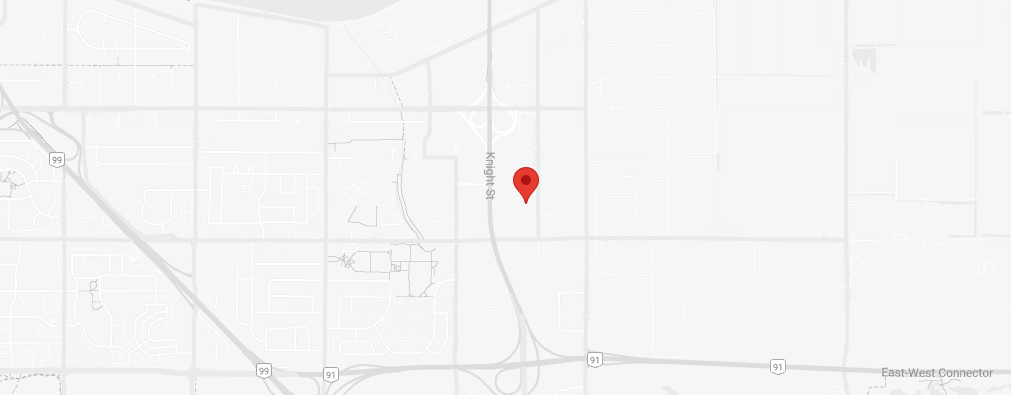Tips to Prevent Air Conditioning Water Damage
 Air conditioning units are prone to water leaks and, consequently, water damage. The good news is that performing several maintenance tasks periodically can help to greatly reduce the risk of water damage. Here are the most common causes for A/C leaks with tips on how to fix and prevent them without professional help:
Air conditioning units are prone to water leaks and, consequently, water damage. The good news is that performing several maintenance tasks periodically can help to greatly reduce the risk of water damage. Here are the most common causes for A/C leaks with tips on how to fix and prevent them without professional help:
- The drain line is clogged – the drain line is a pipe which collects the condensed water that the A/C unit has produced and transports it outside the house. Sometimes, the drain line gets clogged with algae, dirt, mineral deposits and even mould or mildew, causing water to overflow into the home. Tips:
- If the drain pipes are clogged, a wet-dry vacuum can be used to suck out the water and debris from the outdoor drain pipe.
- To prevent drain lines from clogging, a mix of half warm water, half bleach should be poured into the pipe once every 4 to 6 months.
- Installing an overflow shut off device on the drain line should be considered. The device automatically turns off the A/C unit if the drain line backs up.
- The overflow drain pan is damaged – the drain pan collects any water that has overflowed due to a clogged drain line. Over time, drain pans made of metal or plastic may get damaged, resulting in leaks and water damage. Tips:
- If there are leaks near the drain pan, it should be inspected for damage using a flashlight.
- Small holes or cracks should be patched up using epoxy glue or replaced entirely.
- The air filter is dirty – air filters should be replaced once every 1 to 2 months (every month during the cooling season); failing to do so will restrict the airflow to the evaporator’s coils. Consequently, water can freeze on the coils and, when it melts, it will drip water. The filters must be changed periodically to prevent water leaks.
Washing machines and dishwashers can also overflow and cause substantial water damage. This article provides tips on how to act in the event of a washing machine overflow. Tips to prevent dishwasher leaks are available here. The PuroClean team stands ready to provide professional restoration services to any property affected by fire, water or mould damage.
Follow us on Twitter, Facebook, Google+ and LinkedIn to get our notifications!



